Yuan Lacquer in "The world of Kubilai Khan" @ Metropolitan Museum, New York
The Yuan dynasty was one of the most innovative periods in the decorative arts of China. The native arts of pottery and lacquer were transformed by the coming together of artistic traditions from the north and the south, while craftsmen brought into China from other areas of the greater Mongol Empire introduced new skills to weaving and metalwork.
Relative to the decorative arts of previous periods, those of the Yuan dynasty can be distinguished by a predilection for three-dimensional form and elaborate surface decoration. The former is demonstrated by high-relief carving on lacquer. Painted decoration was applied to all types of Yuan ceramics, of which the blue-and-white porcelain of Jingdezhen is the best known and appreciated. Both technically and artistically, the decorative arts of the Yuan period remain unsurpassed.
Tray with Bird-and-Flower Design, dated either 1234 or 1294, Southern Song dynasty (1115–1279) or Yuan dynasty (1271–1368), China. Carved lacquer; H. 9/16 in. (1.5 cm), W. 4 3/8 in. (11.1 cm), L. 8 13/16 in. (22.4 cm). Lent by Museum of Fine Arts, Boston. Asiatic Curator's Fund, 58.689
An inscription incised into the base of this tray provides a cyclical date that can be read as either 1234 or 1294, and indicates that it was made in the Lu family shop, likely in Hangzhou. Several features—including the relative flatness of the surface and the overlarge heads and short wings of the birds—suggest that the tray was produced in the early part of the thirteenth century. In addition, the use of bright red lacquer highlights, for example on the edges of the beaks, is also typical of the Southern Song.
Plate with Flowering Plum and Birds, 14th century, Yuan (1271–1368) or Ming (1368–1644) dynasty, China. Black lacquer with mother-of-pearl inlay; H. 1/8 in. (0.3 cm), Diam. 11 5/8 in. (29.5 cm). The Metropolitan Museum of Art, New York, Promised Gift of Florence and Herbert Irving (L.1992.62.19)
The technique of inlaying mother-of-pearl into black lacquer was further refined during the Yuan, when the use of smaller, more carefully harvested pieces allowed for greater detail in shape and color. These delicate plum blossoms may have been inspired by woodblock prints (and accompanying poems), such as those published by the mid-thirteenth-century artist Song Boren in the Meihua xishen pu (Manual of Plum Blossom Likeness), which served as a major resource for artists through the end of the fourteenth century. Some of the plums are shown blossoming, while others are in full bloom. Many appear to be twisting, a reflection of the interest in depth that characterizes the art of the Yuan dynasty.
Bowl with Phagspa Inscription, 14th century, Yuan dynasty (1271–1368), China. Red lacquer; H. 3 1/8 in. (8 cm), Diam. of rim: 6 1/2 in. (16.5 cm), Diam. of foot: 2 15/16 in. (7.5 cm). Lent by Changzhou Museum
The shape of this bowl derives from the simple, elegant forms of lacquer objects produced in South China during the Southern Song dynasty (1127–1279). The use of cinnabar red, however, is more typical of the Yuan. The inscription on the bottom of the bowl is written using the Phagspa script, which is named after its creator, the famed Tibetan monk Chogyal Phagspa (1235–1280). He developed the script about 1268 for writing the Mongolian language, which had not yet been recorded at that time. The Phagspa script was officially adopted by the empire in 1269.The inscription most likely names the owner of the bowl and has been read as a transcription of the Chinese name Chen.
Box with "Fragrant Grass" Design, late 13th century, Yuan dynasty (1271–1368), China. Carved black lacquer with colored layers; H. 1 5/8 in. (4.1 cm), Diam. 3 7/8 in. (9.8 cm). The Metropolitan Museum of Art, New York, Purchase, The Vincent Astor Foundation Gift, 2007 (2007.231a, b)
The production of carved lacquer is a time-consuming process, often requiring the application of hundreds of layers of resin, each of which has to be individually set before another coating can be applied. The technique first flourished around the twelfth century and became particularly important in the fourteenth, possibly as a result of the Mongol predilection for lush and articulated surfaces. This small box, which was most likely used to hold incense or cosmetics, is typical of early carved lacquers; layers of additional colors, in this case red and yellow, have been interspersed with the dominant black.
Box with Tao Qian and His Chrysanthemums, 1338–53, Yuan dynasty (1271–1368), China. Carved red lacquer; H. 1 9/16 in. (3.9 cm), Diam. 4 3/4 in. (12 cm). Lent by Shanghai Museum
This small box, which was excavated from a group of tombs dating between 1338 and 1353, plays a critical role in the study of Chinese carved lacquer: it is the only known work that can be dated to the first half of the fourteenth century.
The scholar-gentleman walking with a crude staff represents the poet Tao Qian (Tao Yuanming, about 372–427). He is accompanied by a youth carrying a vase with chrysanthemums. This flower, suggestive of autumn in Chinese art, was known to be the poet's favorite.
Box with Scene of Bathing Children, 14th century, Yuan dynasty (1271–1368). China. Carved red lacquer; Diam. 2 1/2 in. (6.5 cm). The Metropolitan Museum of Art, New York, Lent by Florence and Herbert Irving (L.1996.47.31)
This tiny box, previously thought to date to the sixteenth century, can be reassigned to the fourteenth after comparison with an example bearing an image of the poet Tao Qian, which dates to the first half of the fourteenth century (see previous image). The large, unarticulated shapes of the rocks and the use of a single pattern for the low-relief background are similar on both boxes, as are the thick incisions used to define the figures' clothing and the large oval faces with nondescript features.
Dish with Design of Two Birds and Hollyhocks, mid- to late 14th century, Yuan dynasty (1271–1368), China. Carved red lacquer; H. 1/8 in. (0.3 cm), Diam. 12 3/4 in. (32.4 cm). The Metropolitan Museum of Art, New York, Promised Gift of Florence and Herbert Irving (L.1992.62.12)
The dramatic carving of the birds and flowers on this tray is typical of the fourteenth century, as are the lush hollyhock blossoms in the background, which are shown from varying perspectives and have differently sized petals that often overlap, providing further depth to the composition. The long, narrow leaves appear to fill at least three layers of carving, adding to the richness of the surface of this dish. A signature incised into the base attributes the carving to Zhang Cheng, one of the most famed lacquer artists of the fourteenth century.
Box with "Pommel Scroll" Design, late 13th–14th century, Yuan dynasty (1271–1368), China. Carved red lacquer with colored layers; H. 1 1/2 in. (3.8 cm), Diam. 5 in. (12.7 cm). The Metropolitan Museum of Art, New York, H. O. Havemeyer Collection, Bequest of Mrs. H. O. Havemeyer, 1929 (29.100.713)
The design on this box, carved in red with layers of yellow and green lacquer, is often called a pommel scroll because of its resemblance to the decoration on the hilts of Chinese swords. It appears on objects made of lacquer, metal, and other materials, particularly during the thirteenth and fourteenth centuries, as in an ivory box on view in the exhibition (see next image).
Box with Pommel Design, late 13th–14th century, Yuan dynasty (1271–1368), China. Ivory; Diam. 3 5/8 in. (9.2 cm). The Metropolitan Museum of Art, New York, Promised Gift of Florence and Herbert Irving (L.1992.62.5a–c)
Its deeply carved pommels and narrow grooves help date this ivory box to the Yuan dynasty. A flowering plum tree and crescent moon, made of ivory, gold leaf, lacquer, and glass, are inlaid into the interior of the cover. The motif, which was popular in ceramics in the thirteenth and fourteenth centuries, may be derived from a poem by Chen Yuyi (1090–1139), which evokes the shadows of plum blossoms by moonlight in a night filled with their scent.
"The world of Kubilai Khan" @ Metropolitan Museum New York, september 28, 2010 - january 2, 2011 www.metmuseum.org

/https%3A%2F%2Fprofilepics.canalblog.com%2Fprofilepics%2F1%2F0%2F100183.jpg)
/https%3A%2F%2Fstorage.canalblog.com%2F03%2F02%2F119589%2F96711876_o.jpg)
/https%3A%2F%2Fstorage.canalblog.com%2F11%2F31%2F119589%2F94773502_o.jpg)
/https%3A%2F%2Fstorage.canalblog.com%2F20%2F83%2F119589%2F94772815_o.jpg)
/https%3A%2F%2Fstorage.canalblog.com%2F26%2F72%2F119589%2F75604929_o.jpg)
/https%3A%2F%2Fstorage.canalblog.com%2F59%2F60%2F119589%2F26458628_o.jpg)
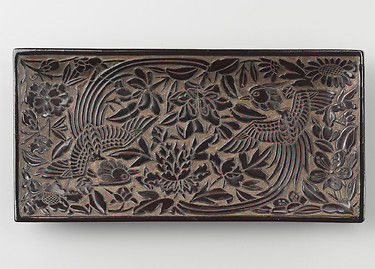



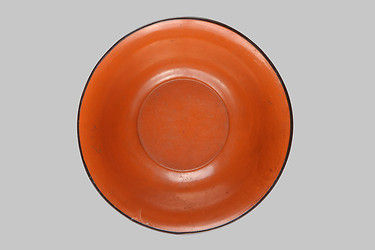

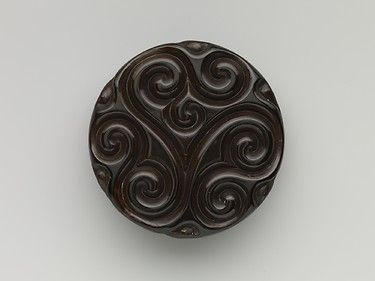



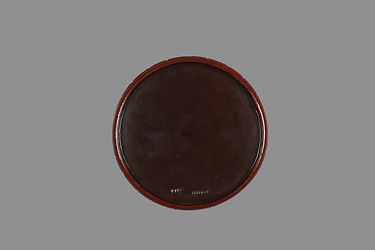
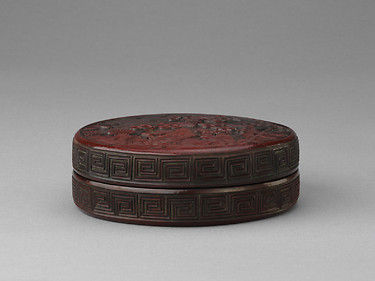
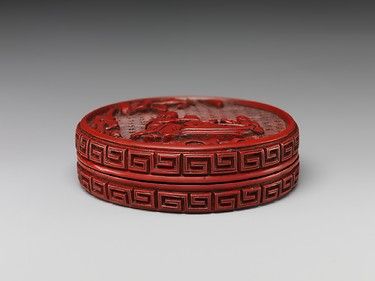




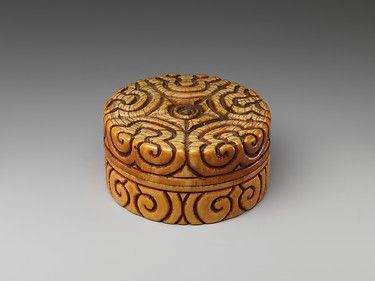

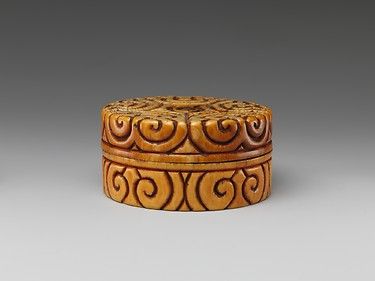
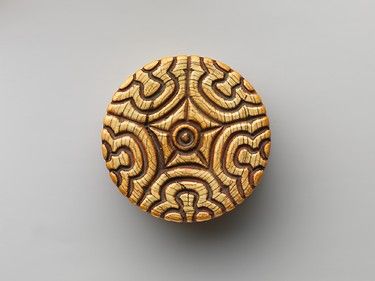



/http%3A%2F%2Fstorage.canalblog.com%2F89%2F85%2F119589%2F129503060_o.jpg)
/http%3A%2F%2Fstorage.canalblog.com%2F68%2F96%2F119589%2F128581141_o.jpg)
/http%3A%2F%2Fstorage.canalblog.com%2F08%2F84%2F119589%2F128581002_o.jpg)
/http%3A%2F%2Fstorage.canalblog.com%2F80%2F61%2F119589%2F128580862_o.jpg)